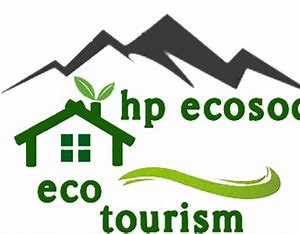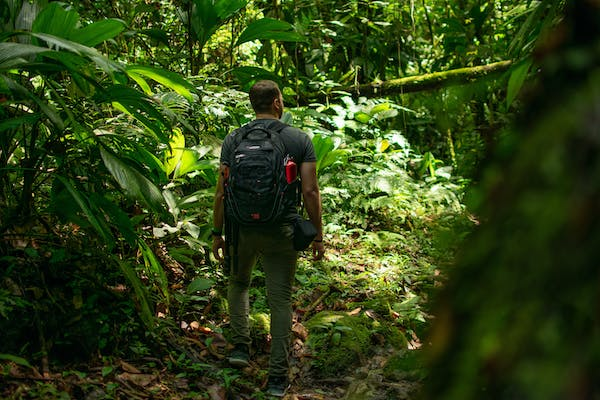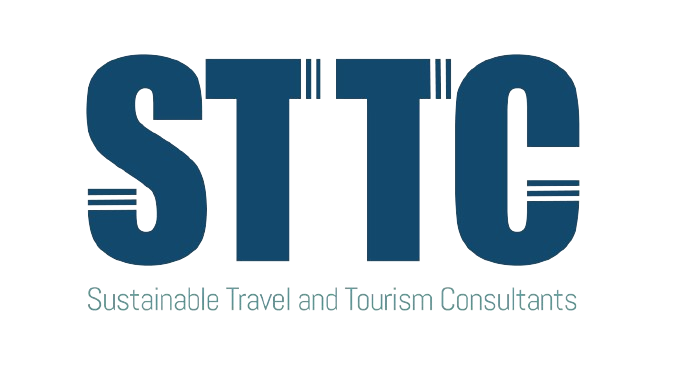Master Plan for development of Ecotourism sites in Himachal Pradesh
Project Overview
Project: Master Plan for the development of Ecotourism sites in Himachal Pradesh
Location: Multiple locations in Himachal Pradesh
Duration: Dec. 2020 to Dec. 2022
Client: Ecotourism Society of Himachal Pradesh
Address: Shimla, HP

Brief Description of the Project
The vision of the State Government was to develop tourism models that are environmentally and culturally sensitive, promote social equity by ensuring equitable distribution of income from tourism across the state, and incentivize preservation of traditional cultural and conservation practices. The Master Plan will identify the existing inventory of destinations and other resources, explore additional destinations, ascertain key drivers of ecotourism activity and estimate carrying capacities of existing and potential destinations, identify infrastructure and skill gaps, and suggest training programs, modules, and institutions to address the same and provide financial projections for sustainable ecotourism models in the State.

Services Provided
Compile, collate, and interpret data regarding existing eco-tourism activities in the state.
Map existing eco-tourism infrastructure and activities in the project landscapes, Collect data regarding tourist visits and tourist expenditure using primary and secondary sources; Analyse the potential and actual accrual of benefits generated; Examine the existing policies and programs in Central and state governments.
Interact with local community, industry, and government stakeholders to identify key challenges
and solutions.Conduct stakeholder discussions with local communities to identify their current understanding of sustainable tourism and create a 10-year strategy for community-managed tourism enterprises.
Identify new potential ecotourism destinations and prepare site-specific ecotourism plans.
Site-specific ecotourism plans for each destination. Prioritize the destinations on the basis of the potential and implementation timeframe for ecotourism development (high, moderate, low). Identify existing and potential themes and destinations around which ecotourism circuits can be created and marketed. Develop a strategy to upscale existing ecotourism circuits. Analysis of market systems and (both horizontal and vertical) value chains.
Assessment of availability of Basic Infrastructure.
Air / Rail / Road Connectivity; Availability of Private hotels or lodges/ FRH/ Govt guesthouses; Hospitality standards and availability of essential services like heaters, electricity supply, etc. Source of power and electricity supply situation; Water sources & Supply system; Health Care Facilities; Sewerage and Solid Waste Management system; Communication facilities
Tourist Carrying Capacity of each Eco-Circuit.
Create a framework for ascertaining the drivers of Tourist Carrying Capacity for existing and potential tourism locations, including identification of environmental and socio-cultural safeguards; Assess tourist infrastructure and highlight gap areas vis-à-vis the industry standards;
Identify potential eco-tourism products in the state and prepare business projections for the same
Identify potential eco-tourism products including nature-based tourism, wildlife tourism, rural tourism, cultural tourism, culinary tourism, voluntourism, soft adventure activities, and extreme adventure activities. Identify business opportunities arising as spin-offs to tourism activities including consumer retail, services and amenities, arts and crafts including handicrafts and souvenirs, processed foods, etc. Identify and recommend relevant projects/ steps based on government policies and schemes that can contribute to the development of tourist infrastructure, capacity building, and local enterprise creation. Identify technology-based tools that can be leveraged for sustainable tourism development.
